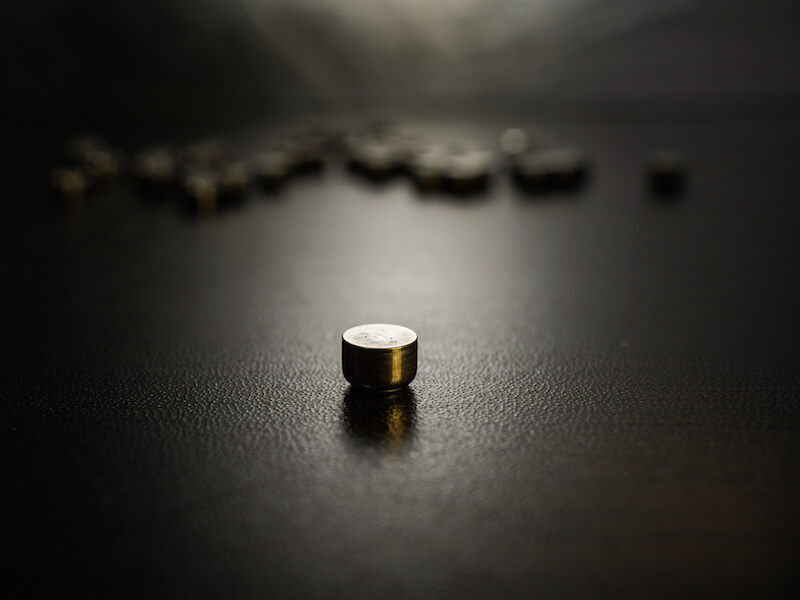
From phones to cameras to music players, how we power our electronics has evolved. For years, individuals looking to manage hearing loss have wished for a similar progression, and the industry is finally realizing the promise of a robust rechargeable hearing aid battery.
Size 312 batteries are the most common of the disposable batteries that have typically been used to power hearing aids. The most prominent form of this battery, now, is “zinc-ion”.
Disposable Hearing Aids Have a Disadvantage
As the name would suggest, a zinc-air battery is affected by the presence of air. The user has to pull a small tab off the back of a 312 zinc-air battery to activate it.
They will start losing power as soon as they are fully oxygenated. So the power is depleting even if the user isn’t actively using it.
The biggest disadvantage to disposable batteries, for the majority of users, is how short they last. With 312 batteries, the user may be replacing the batteries in their hearing aids about 120 times each year because they drain in 3 to 12 days according to some reports.
Because of this, besides needing to purchase 120 batteries, the user will need to switch and properly dispose of batteries at least twice a week. That’s most likely over $100 in batteries from a cost perspective alone.
Rechargeable battery Improvements
Rechargeable hearing aid technology has advanced to the point where it’s now a practical solution and that’s great news for people who use hearing aids.
Studies have shown that most people overwhelmingly prefer to use rechargeable hearing aids. Until recently these models have traditionally struggled to provide a long enough charge to make them practical. But today’s rechargeable batteries will hold a charge all day without needing a recharge.
Users won’t see significant cost benefits by switching to rechargeable batteries, but where they will see a demonstrated improvement is in quality of life.
These modern models provide less aggravation on top of keeping a 24 hour charge because the user doesn’t have the burden of continuously swapping out the batteries. Instead, they only need to take out the battery and place them in a convenient tabletop charger.
When a disposable battery nears the end of its life it can’t run your hearing aid at full power. There’s also no exact way to know how close to being inoperable the battery actually is. So the batteries might die at the exact moment that a user needs them the most which could even put them in danger. Not only is this a safety hazard, but users may miss out on significant life moments because of a faulty battery.
Types of Rechargeable Hearing Aid Batteries
There are unique benefits to each of the different materials that rechargeable batteries are made of. Integrated lithium-ion batteries are one alternative being used by manufacturers because of their ability to hold a 24-hour charge. You might be surprised to learn that this same type of technology is what charges and powers your smart-phone.
Another type of modern rechargeable battery is a silver-zinc. Initially, these innovative batteries were developed for Nasa’s moon missions. With this technology, even your current hearing aids can most likely be upgraded to run on rechargeable batteries. Just like lithium-ion, silver-zinc can also provide enough power to last you for a full day.
Some models even let you recharge the battery while it’s still in the hearing aid. During the night, or at some other time when the hearing aid is not in use, the whole hearing aid can be put directly into the charger
Whichever solution you decide on, rechargeable batteries will be considerably better than disposable batteries. You just have to do some research to decide which solution is best for your needs.
If you’re looking for more information about hearing aid technology or how to select the best hearing aid to satisfy your needs, we encourage you to look at our hearing aids section.